Author: Alex Shanks-Abel
During the fermentation of beer, yeasts produce varying levels of esters and phenols, which is largely a function of the specific strain as well as fermentation temperature. Another factor that’s received increased focus lately is the impact of pressurized fermentation, as it’s widely believed higher pressures suppress the development of esters, thus allowing for warmer fermentation temperatures without risking stylistically inappropriate character development.
Perhaps naturally, most of the talk surrounding pressurized fermentation has revolved around lager styles, as the ability to ferment these typically cool fermented styles at ale temperatures without developing undesirable esters allows for faster turnaround times. That said, many brewers these days prefer fermenting most of their beers under pressure, not only for suppression of esters, but it also naturally carbonates the beer.
When designing a Belgian Single recipe recently, the idea of pressurized fermentation came to mind and I wondered what effect it might have on a Belgian style, which is expected to have a notable ester profile. Ostensibly, if the aforementioned claims are true, a Belgian ale fermented under pressure would present with lower perceptible levels of esters than the same beer fermented under no pressure. I’ve got the ability to perform pressurized fermentations, so I designed an xBmt to test it out for myself.
| PURPOSE |
To evaluate the differences between a Belgian Single fermented warm under 15 psi of pressure and one fermented at the same temperature under no pressure.
| METHODS |
I went with a basic Belgian Single recipe for this xBmt that I felt was simple enough to allow the fermentation character to be in the spotlight.
Holy Scythe
Recipe Details
| Batch Size | Boil Time | IBU | SRM | Est. OG | Est. FG | ABV |
|---|---|---|---|---|---|---|
| 5.5 gal | 60 min | 37.3 | 3.2 SRM | 1.05 | 1.008 | 5.51 % |
| Actuals | 1.05 | 1.008 | 5.51 % | |||
Fermentables
| Name | Amount | % |
|---|---|---|
| Pilsner Malt | 9 lbs | 100 |
Hops
| Name | Amount | Time | Use | Form | Alpha % |
|---|---|---|---|---|---|
| Celeia | 30 g | 60 min | First Wort | Pellet | 3 |
| Hallertau Magnum | 10 g | 60 min | First Wort | Pellet | 16.9 |
| Celeia | 30 g | 5 min | Boil | Pellet | 3 |
Miscs
| Name | Amount | Time | Use | Type |
|---|---|---|---|---|
| Calcium Chloride (CaCl2) | 3 g | 0 min | Mash | Water Agent |
| Gypsum (CaSO4) | 8 g | 0 min | Mash | Water Agent |
| Lactic Acid | 7 ml | 0 min | Mash | Water Agent |
Yeast
| Name | Lab | Attenuation | Temperature |
|---|---|---|---|
| Trappist High Gravity (3787) | Wyeast Labs | 78% | 64°F - 78.1°F |
Notes
| Water Profile: Ca 112 | Mg 0 | Na 0 | SO4 170 | Cl 73 |
Download
| Download this recipe's BeerXML file |
After collecting the full volume of water for this 10 gallon/38 liter batch and adjusting it to my desired profile, I weighed out and milled the grain.
When the water was adequately heated, I incorporated the grains then checked to make sure it was at my target mash temperature.
While the mash was resting, I prepared the kettle hop additions.
Once each 60 minute mash was complete, I removed the spent grains then boiled the wort for 60 minutes, adding hops at the times listed in the recipe.
When the boil was finished, I chilled the wort then transferred identical amounts to separate fermentation kegs.
A refractometer reading showed it was at my target OG.

After evenly splitting a starter of Wyeast 3787 Belgian High Gravity yeast between the 72°F/22°C worts, they were placed in my chamber controlled to 78°F/26°C, at which point I pressurized one keg to 15 psi with CO2 then attached a spunding valve set to maintain a constant 15 psi, while a simple blowoff tube was connected to the other keg.
To determine the impact pressurized fermentation has on attenuation time, I took daily hydrometer samples that ultimately showed the non-pressurized beer reached FG in 2 days, whereas the beer fermented under pressure took 4 days.
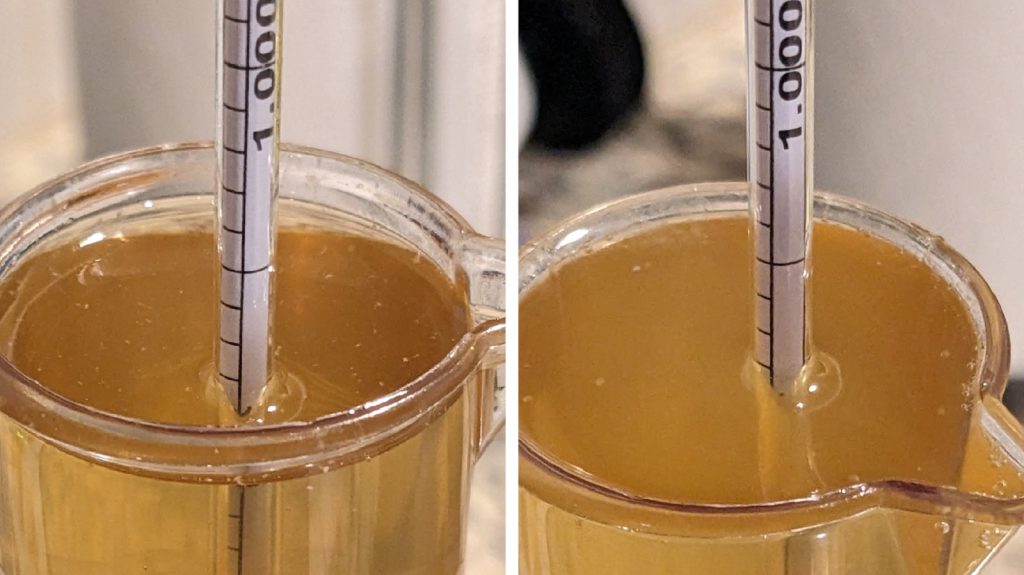
At this point, the beers were pressure-transferred to CO2 purged serving kegs.
The filled kegs were placed in my keezer and left on gas for a month before they were ready to serve to tasters.
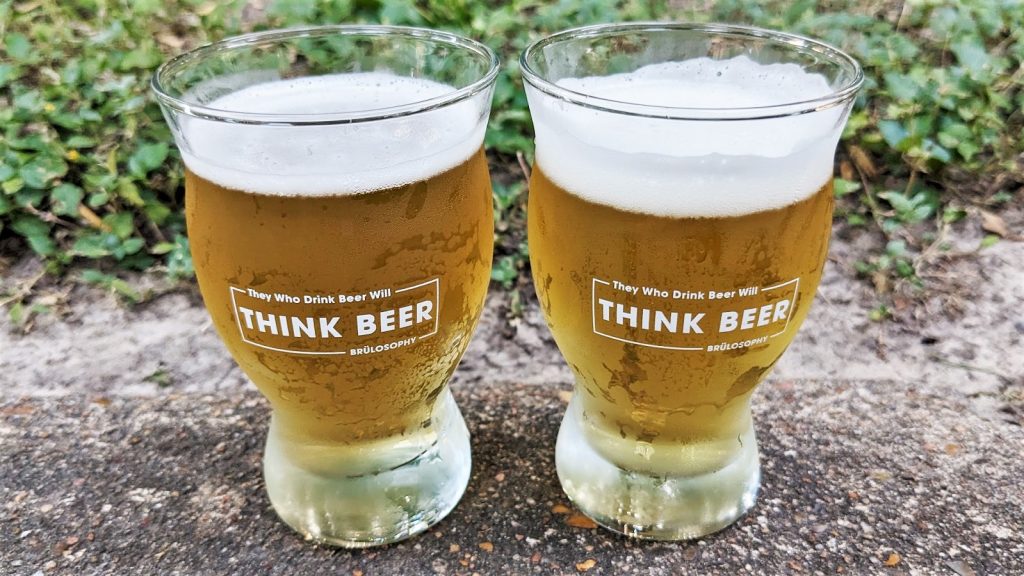
| RESULTS |
A total of 24 people of varying levels of experience participated in this xBmt. Each participant was served 1 sample of the beer fermented under pressure and 2 samples of the beer fermented under no pressure in different colored opaque cups then asked to identify the unique sample. While 12 tasters (p<0.05) would have had to accurately identify the unique sample in order to reach statistical significance, only 6 did (p=0.86), indicating participants in this xBmt were unable to reliably distinguish a Belgian Single fermented under 15 psi of pressure from one fermented under no pressure when both were fermented at 78°F/26°C.
My Impressions: Out of the 5 semi-blind triangle tests I attempted, I correctly identified the odd-beer-out just twice. These beers were identical to me in every way, both sharing an assertive bitterness with pleasant earthy hop notes and a nice spiciness from the yeast.
| DISCUSSION |
Pressurized fermentation is a method that seems to be gaining popularity among modern brewers, particularly those interested in lager styles, as it’s widely believed to suppress the esters associated with warmer fermentation temperatures. This being the case, fermenting under pressure with a more characterful yeast ought to produce a relatively cleaner beer. Interestingly, tasters in this xBmt were unable to reliably distinguish a Belgian Single fermented under 15 psi of pressure from one fermented under no pressure when both were fermented at 78°F/26°C.
There are a number of factors that could have contributed to these beers being indistinguishable, like the fermentation temperature being too warm overall, or the pressure not being high enough. It may also be that the batch fermented under pressure actually did have less ester formation, just not enough to be perceptible. However, when viewed in light of past xBmts on the same variable, every single one of which returned similarly non-significant findings regardless of style, it seems most plausible that fermenting under pressure simply didn’t have much of an impact.
While I’m wont to trust the research suggesting pressurized fermentation reduces ester formation, the fact so many xBmts have returned inconclusive results leaves me questioning the merits of this method. I’m by no means prepared to give up on the idea altogether, in fact I look forward to exploring this variable more in the future, I’m just not sure it matters as much as I used to think, at least on the smaller scale.
If you have any thoughts about this xBmt, please do not hesitate to share in the comments section below!
Support Brülosophy In Style!
All designs are available in various colors and sizes on Amazon!
Follow Brülosophy on:
FACEBOOK | TWITTER | INSTAGRAM
If you enjoy this stuff and feel compelled to support Brulosophy.com, please check out the Support page for details on how you can very easily do so. Thanks!


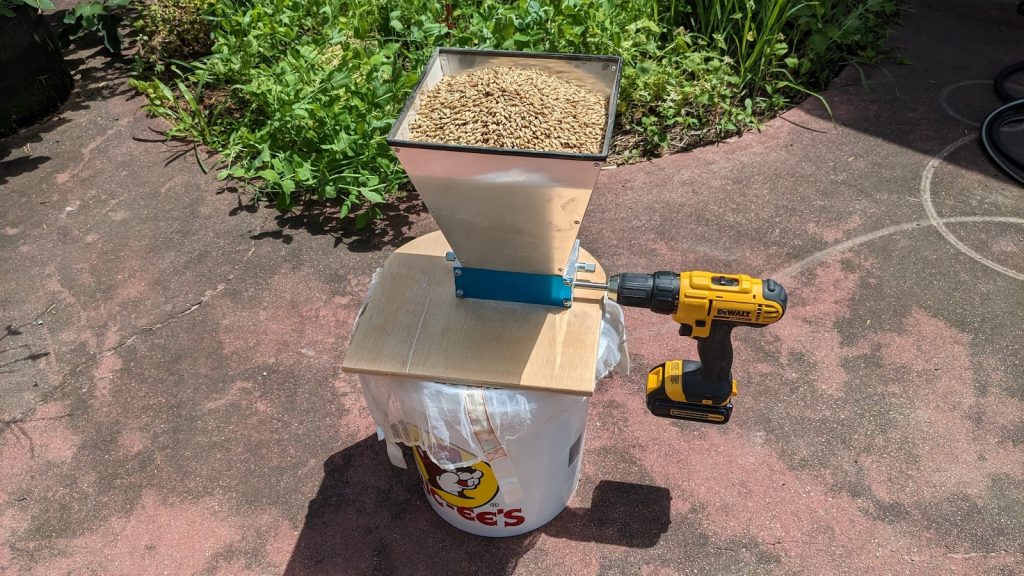




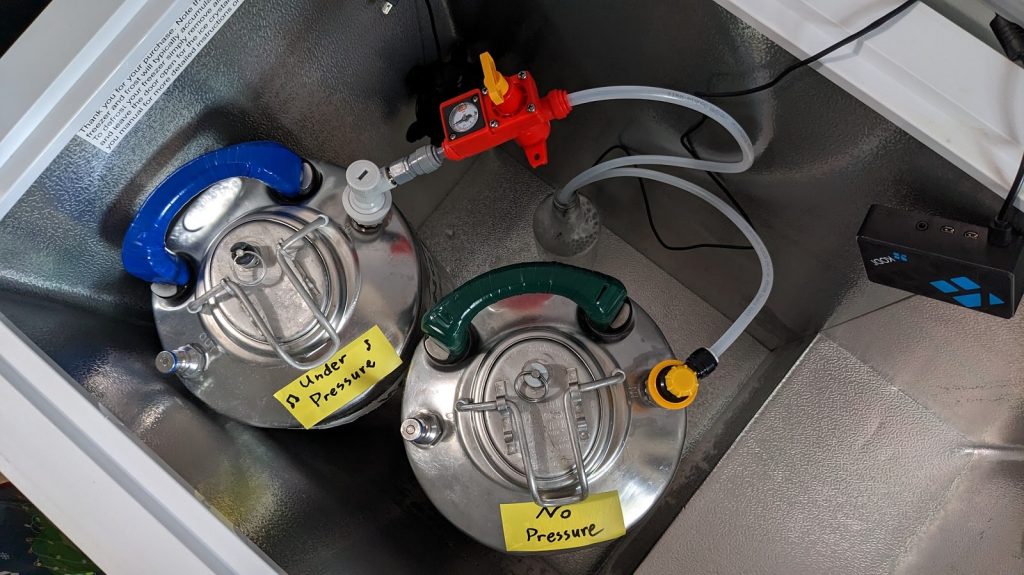
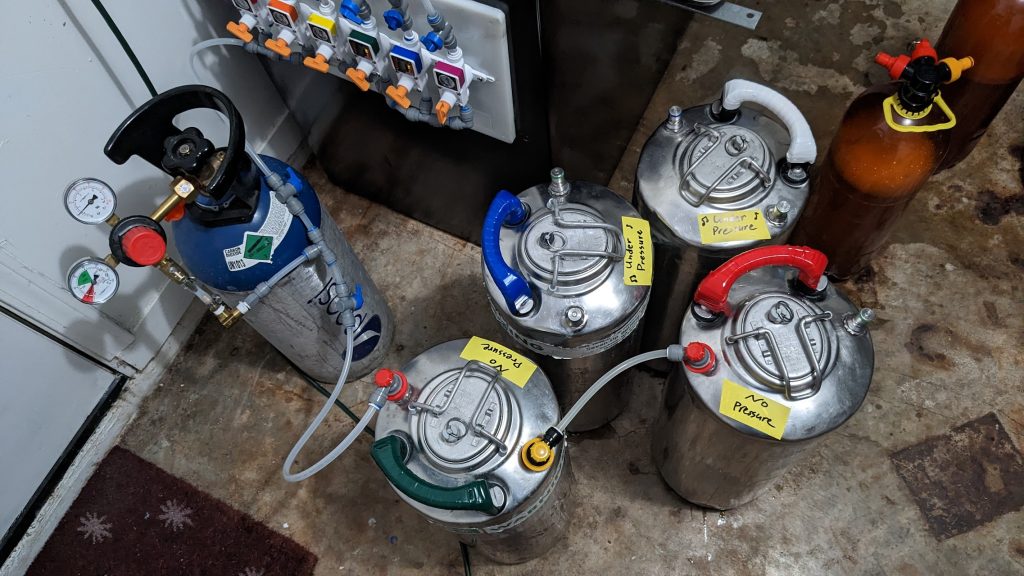











6 thoughts on “exBEERiment | Impact Pressurized Warm Fermentation Has On A Belgian Single”
“at which point I pressurized one keg to 15 psi with CO2 then attached a spunding valve set to maintain a constant 15 psi”
Was the intent to keep the wort/beer at 15 PSI the whole time? The initial CO2 forced into the headspace would have been mostly absorbed by the wort, reading 0 PSIG, or very close to it, before fermentation could have brought it back up to 15 PSIG.
The two main reasons were to seal the keg lid and to ensure that the spunding valve was set to 15 PSI!
Surprisingly, the pressure held pretty well and wasn’t all absorbed by the wort immediately. I had bubbling from the pressure-fermenting batch within the first hour of pitching the yeast!
I’m wondering if the science does indicate a difference but the experiments keep showing up as non-significant because the homebrew scale is just too small for differences to be perceptible?
Also, the stated temp range for that yeast is 64-78F – why did you choose the absolute top of the range?
Because this is a simple and relatively low ABV trappist style, I like the yeast to be as expressive as possible! I also thought pushing for more esters would be a great way to see if 1 bar of pressure noticeably suppressed yeast character.
This result is shocking. I would have thought for sure that a Belgian yeast at that temperature would have made a difference. Also interesting that you noted the non pressurized beer finished faster than the one under pressure. This is odd because normally pressure speeds up fermentation, not slows it down. Either way, 2 days to reach FG is super fast! Curious if you found these beers to taste sufficiently estery? I’m wondering if something in your recipe or process resulted in an exceptionally clean fermentation which is making it harder to detect a difference.
15psi is not a lot of pressure, it’s pretty much the same as the hydrostatic pressure you’d get in a 10m tank. (There are many brewers that have tanks almost twice that high, so closer to 30psi hydrostatic)
At 15psi you’re not really fermenting “under pressure”, just approximating what you’d get in commercial fermenters. So it doesn’t surprise me you didn’t see much difference at 15psi. When you go higher (say 30psi) things get cleaner, in a good way.
DrHans on YT talks about that a bit, he seems to have the most experience pressure fermenting on a homebrew scale.